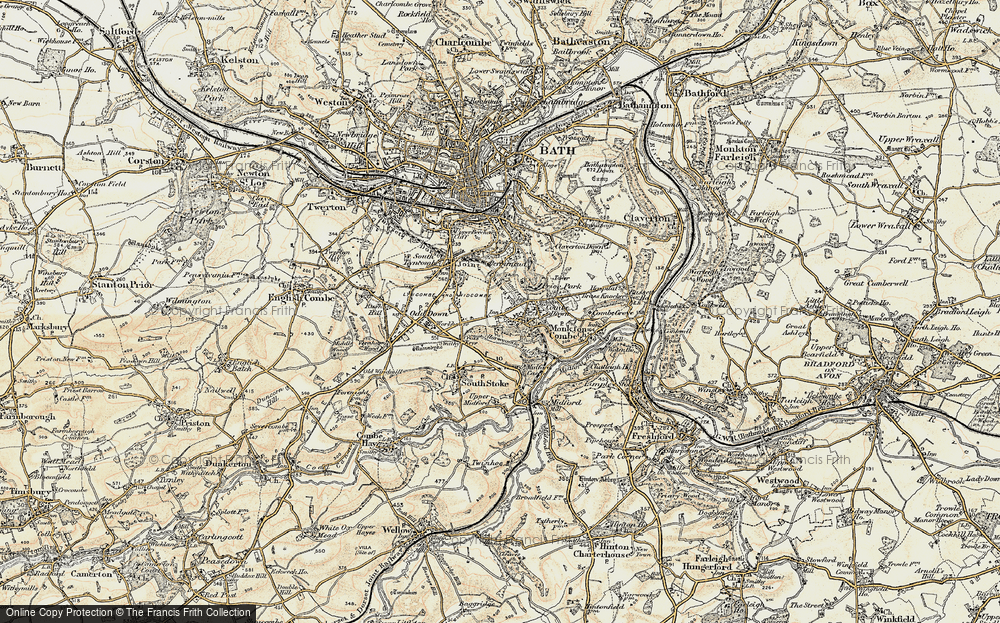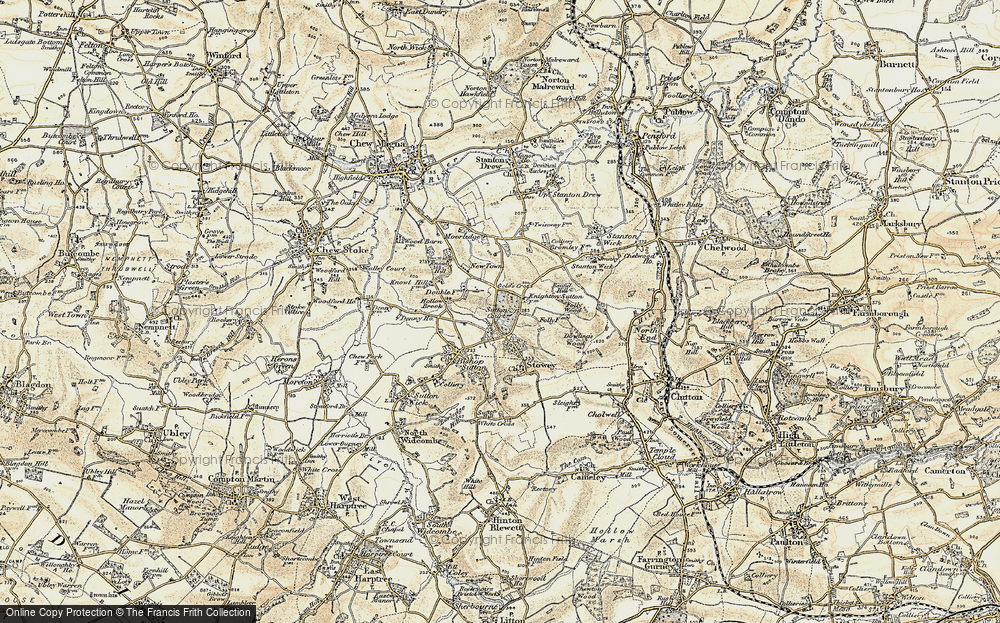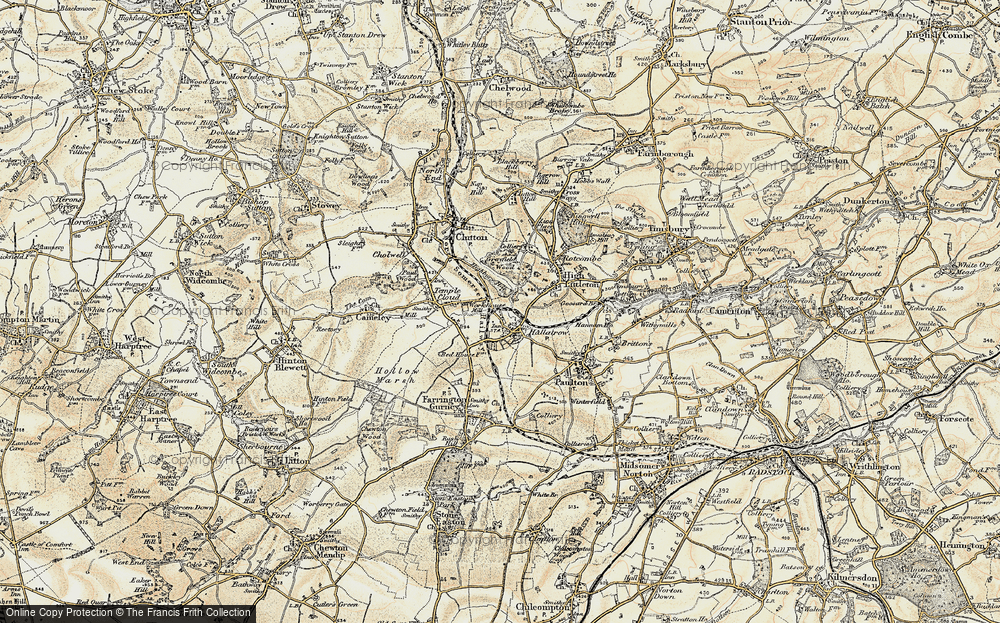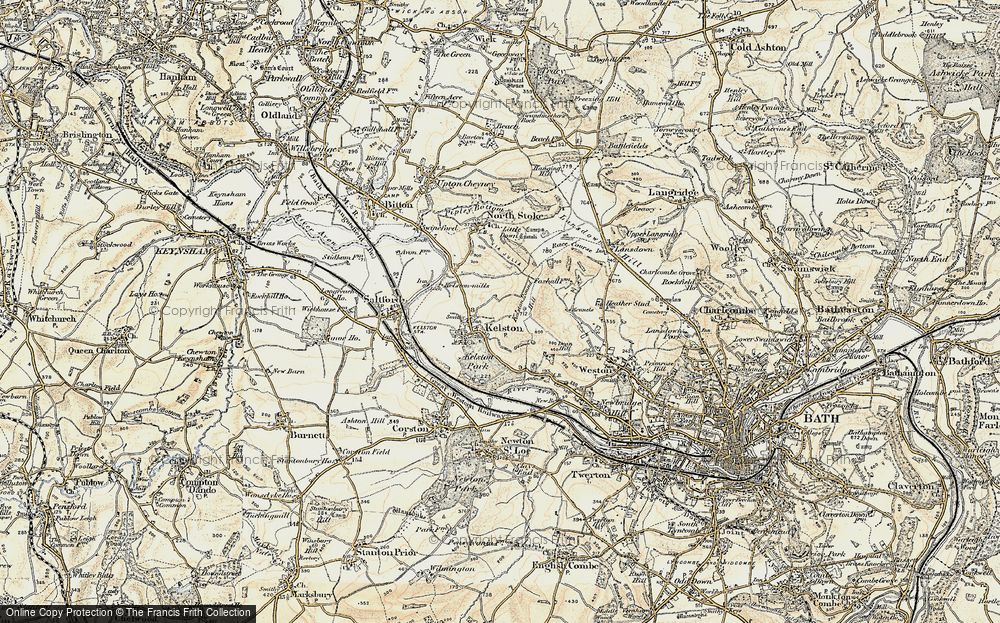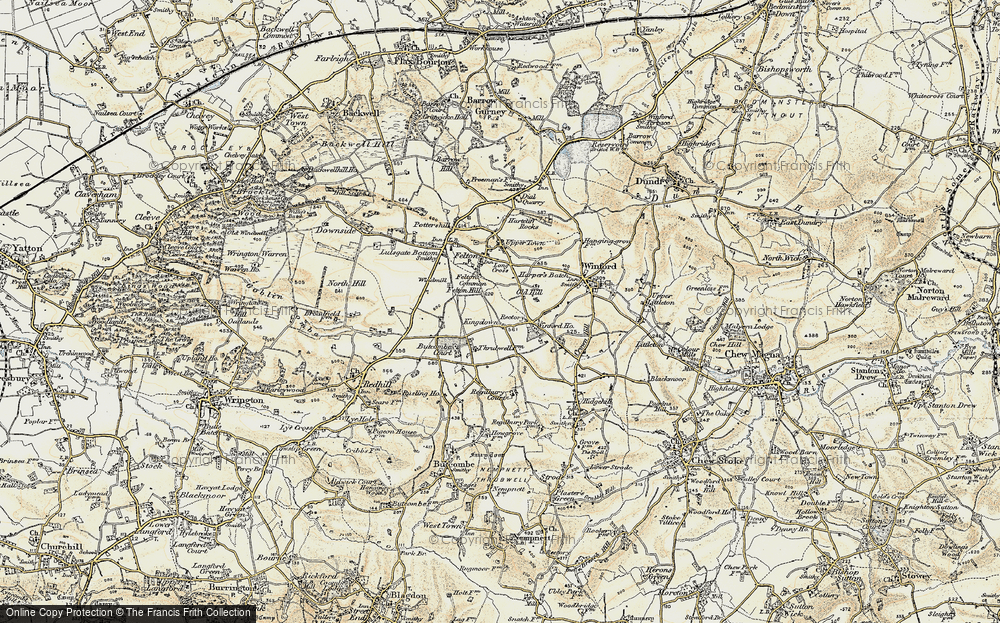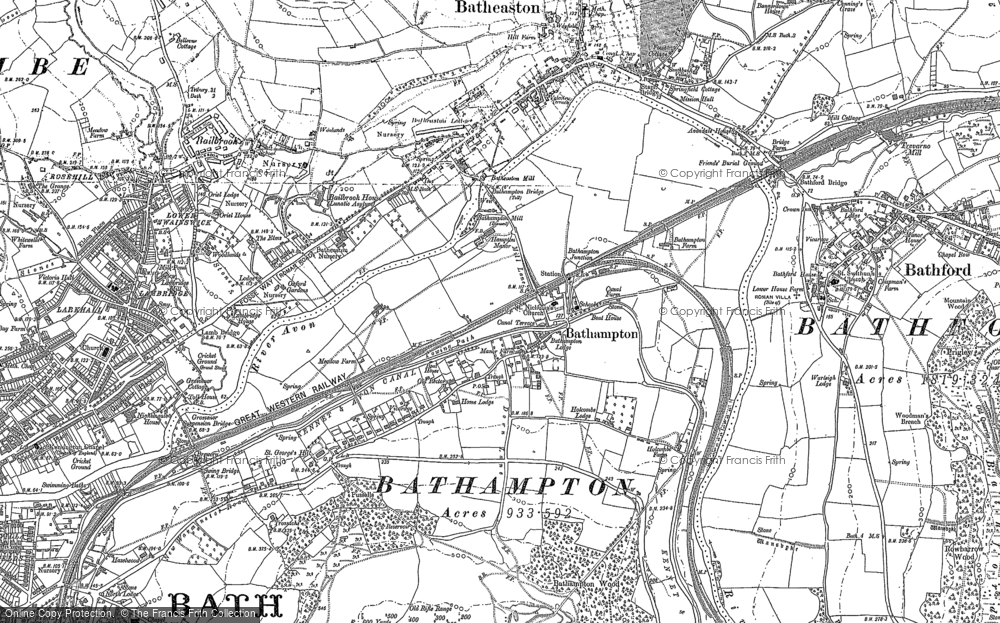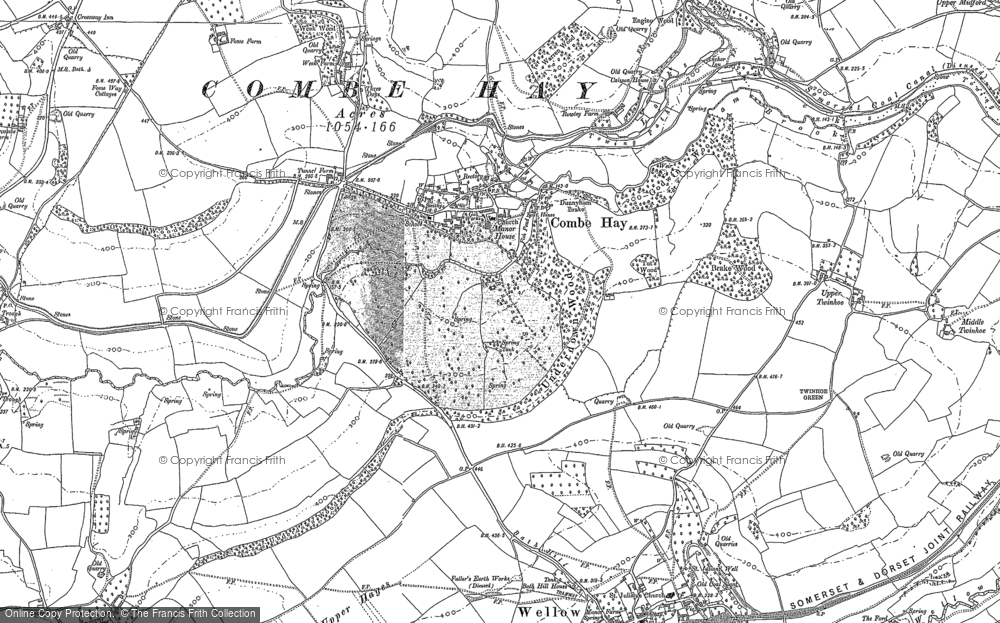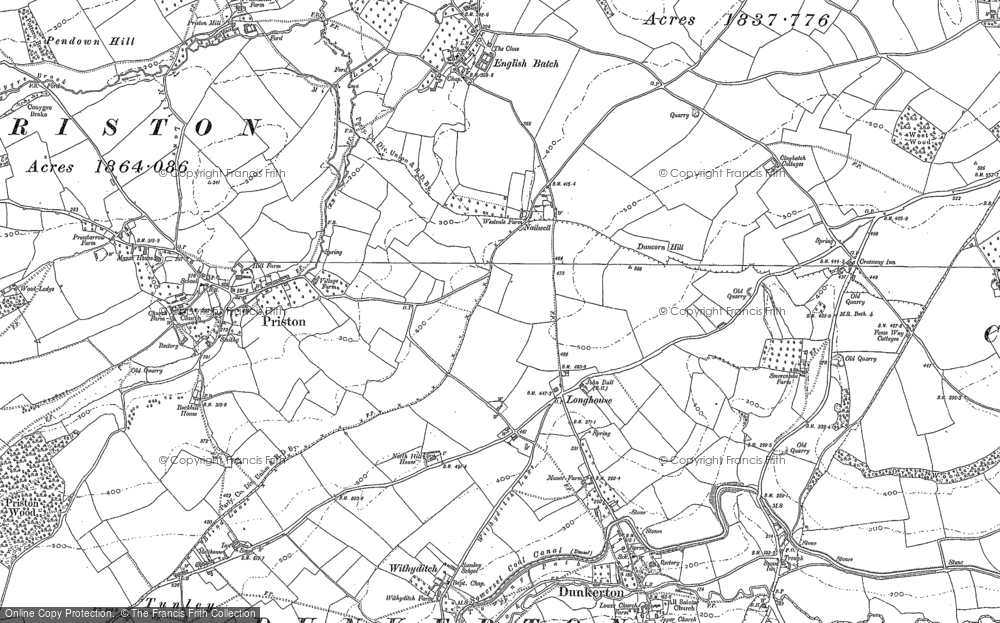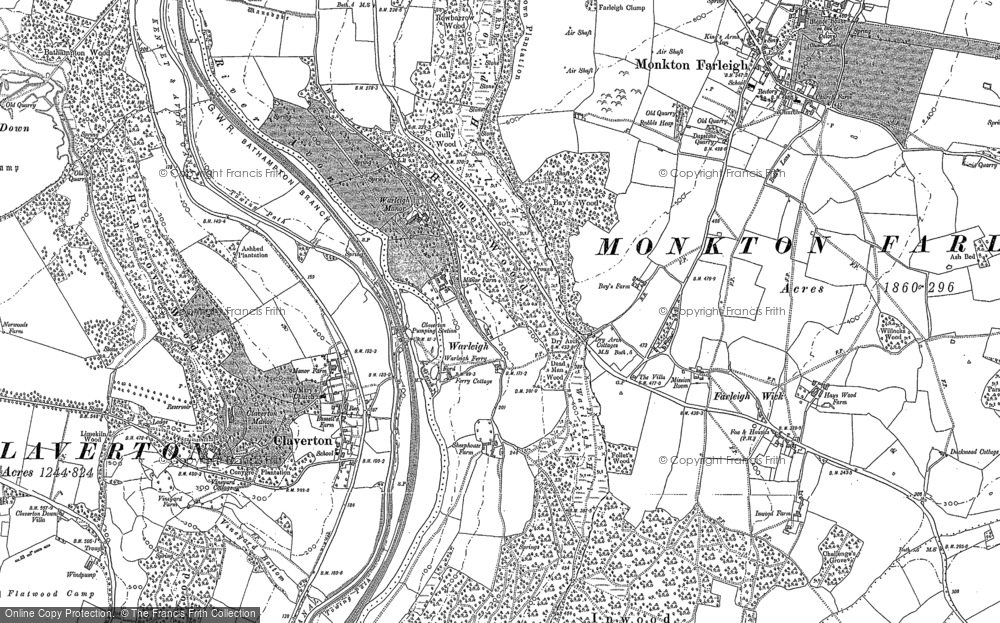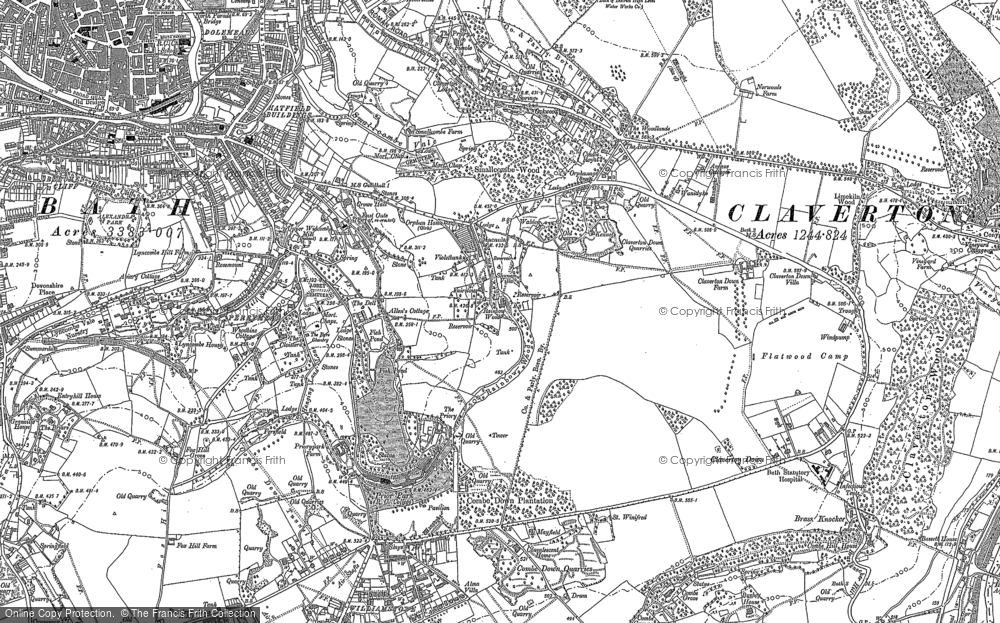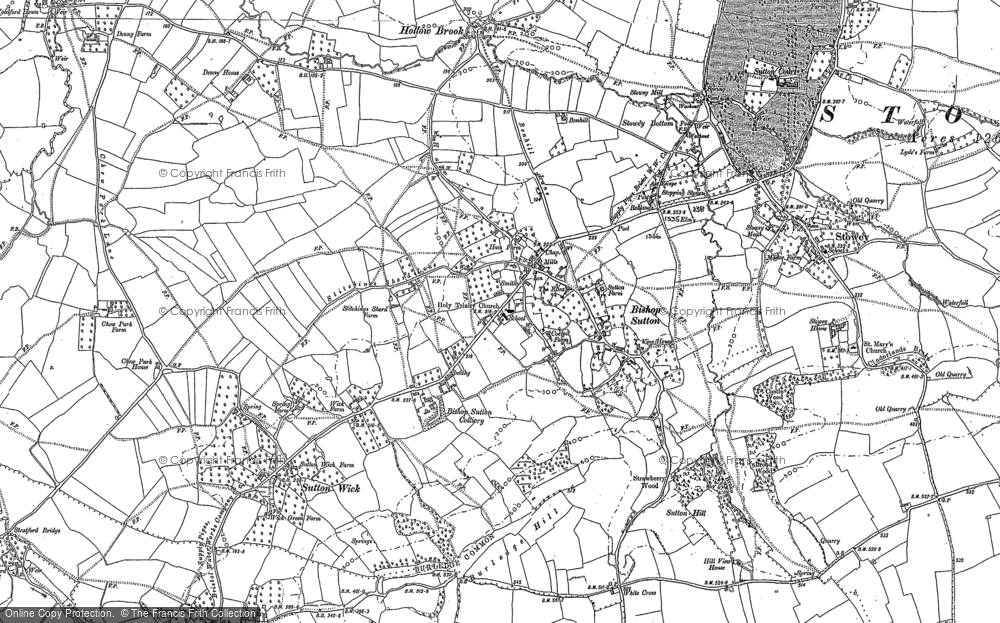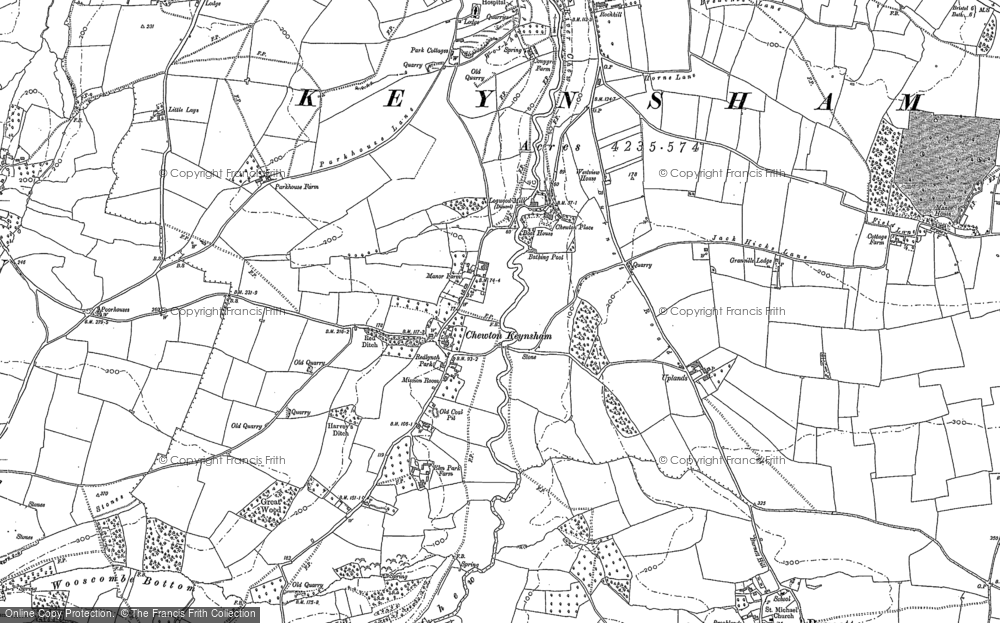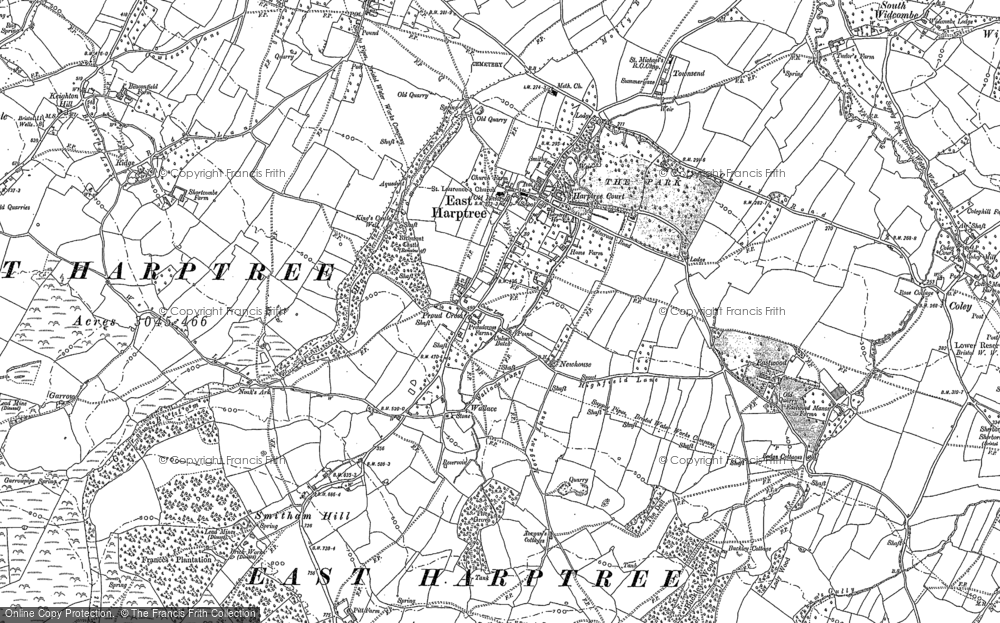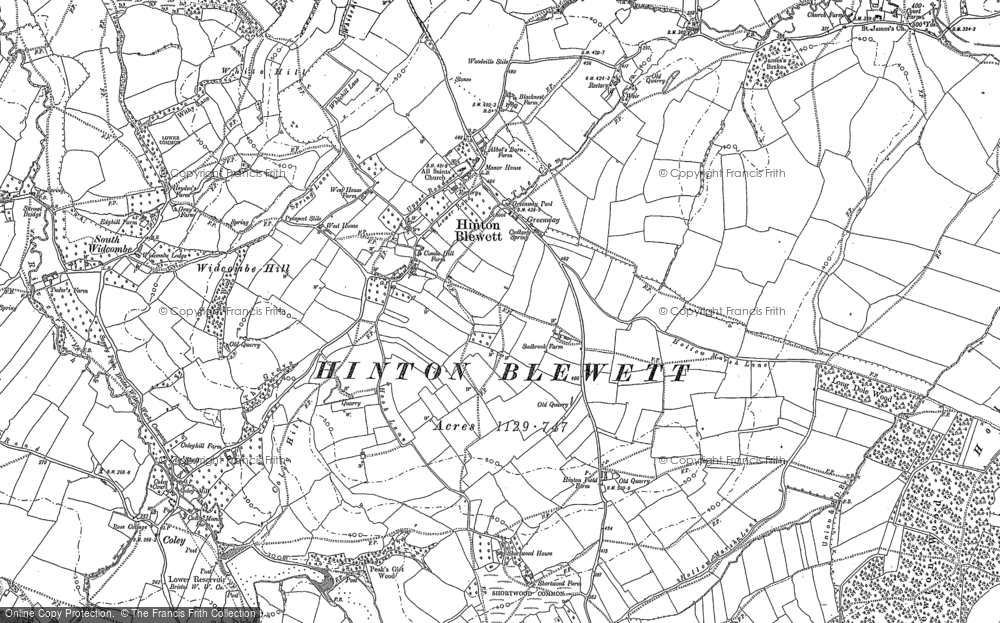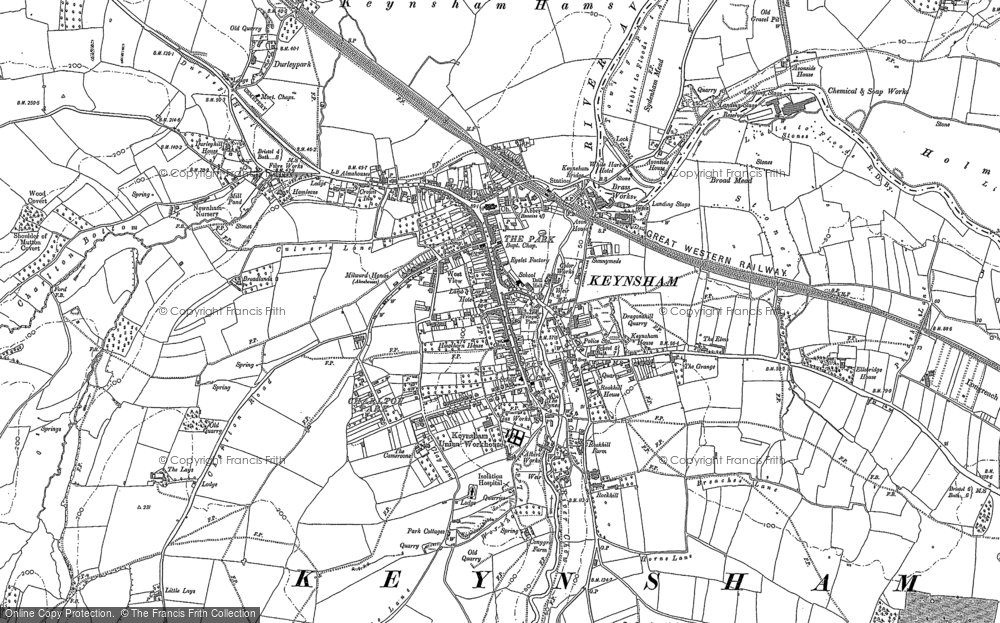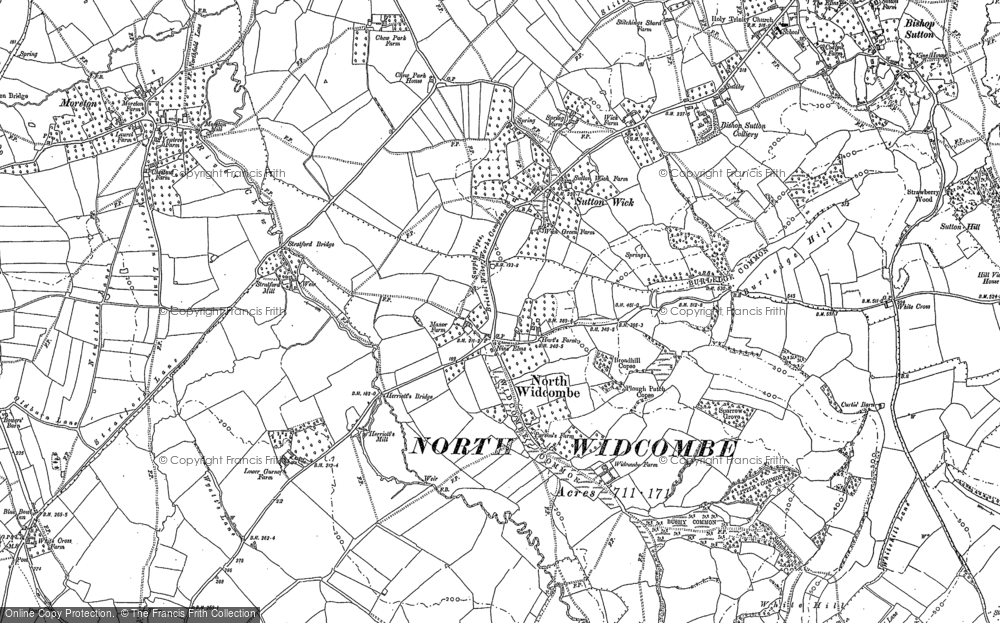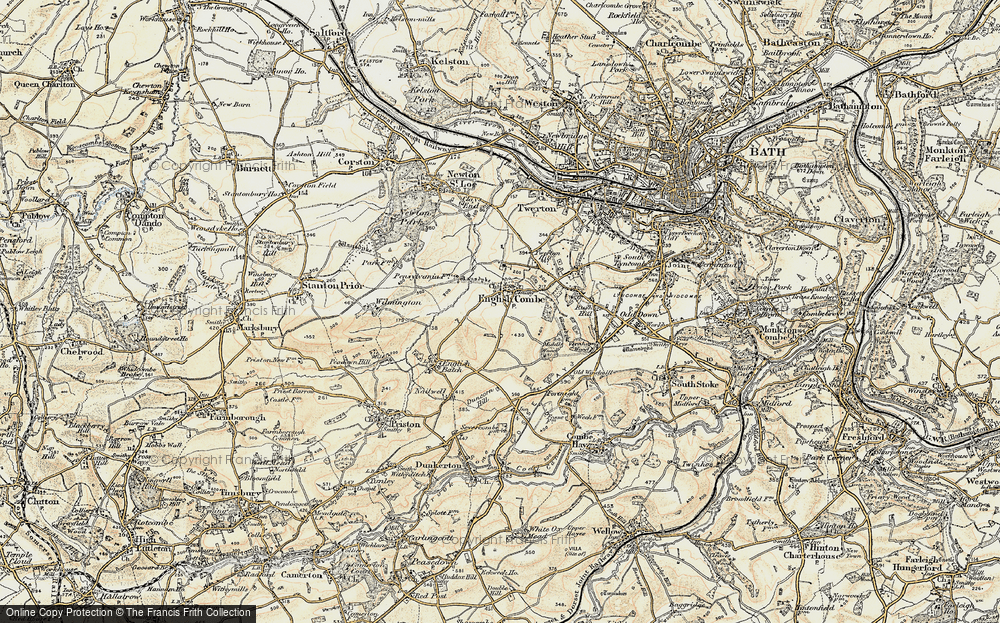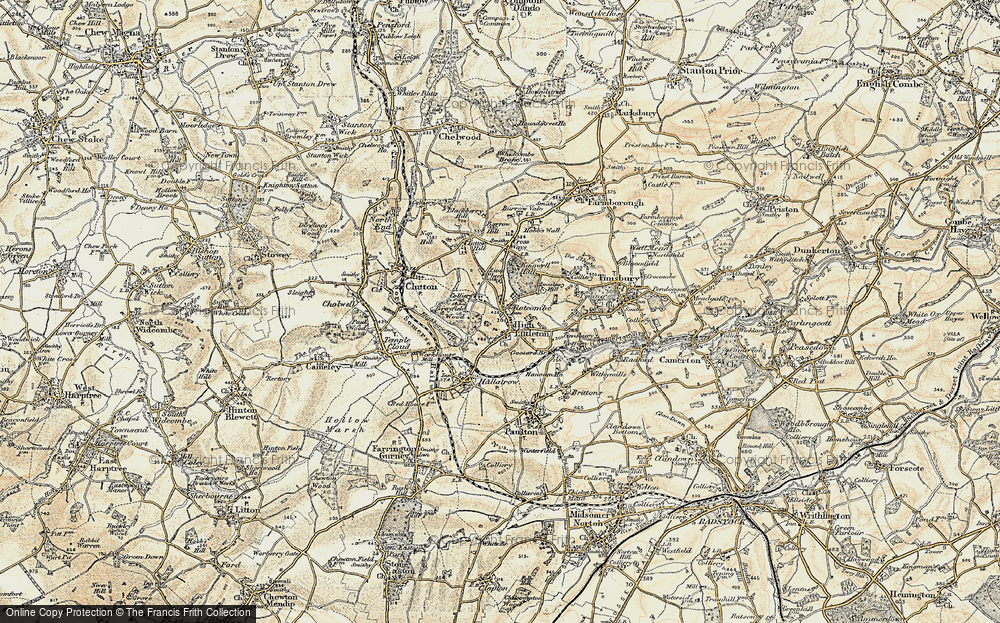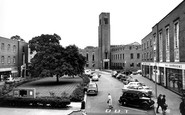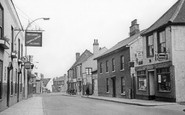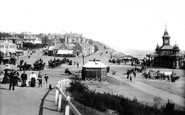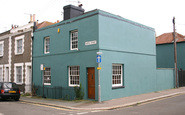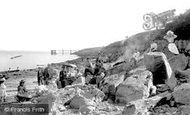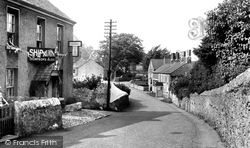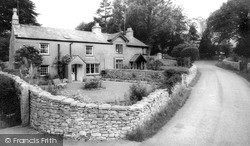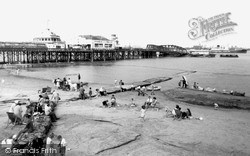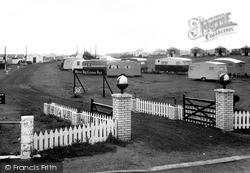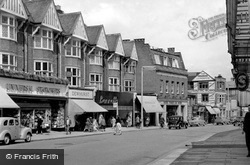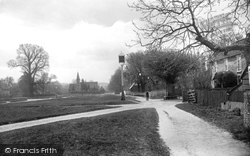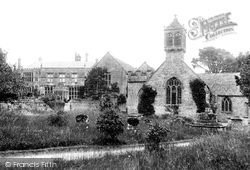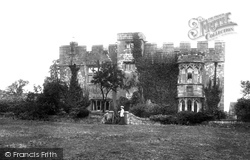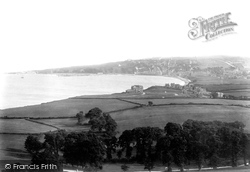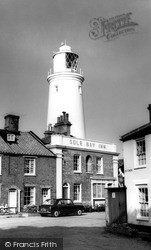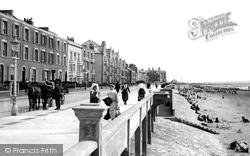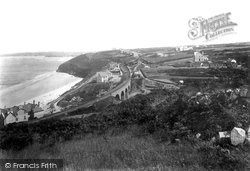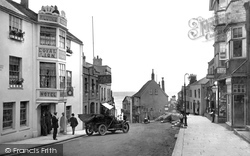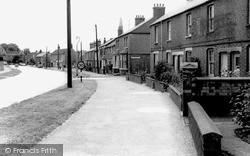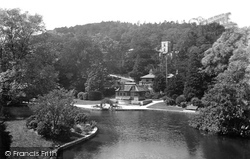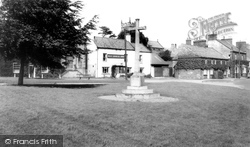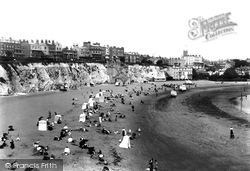Places
Sorry, no places were found that related to your search.
Photos
134 photos found. Showing results 501 to 134.
Maps
896 maps found.
Books
3 books found. Showing results 601 to 3.
Memories
540 memories found. Showing results 251 to 260.
Rothesay In Wartime
My father, 'John' Johnson, was a chaplain in the Royal Navy from 1943-46. He was based on HMS Cyclops, the submarine depot ship, in Rothesay harbour The family accompanied him to Rothesay and we lived at 2, Desmond Bank for a ...Read more
A memory of Rothesay in 1943 by
Dunstaffnage The War Years 1942 45
In 1942 aged 5 due to my father being a shipwright in the Portsmouth Dockyard he was transferred to a satellite dockyard at Dunstaffnage where we stayed as a family until the war finished and we then moved back to ...Read more
A memory of Oban in 1942 by
Blyth Mansions
I was born in 117 Blyth Mansions, Hornsey Rise, in 1942 I think they had just been built. I remember playing in the flats with so many children, I wonder where they are all now. We used to have fights with all the other flats, Hill ...Read more
A memory of Hornsey in 1942 by
Life In Old Aveley During The Second World War, Before The Prefabs And Estate Were Built.
I was 7 when we moved into 128 High Street, Aveley in 1942. Our back fence backed onto the rec' and my best friends were Donald Crawford, Ray Andrews and Bob ...Read more
A memory of Aveley in 1942 by
Convalescent Home, Combe Down
I personally do not have any memories of Combe Down, but I do have my mother's memories and a photograph of the Convalescent Home, Combe Down, where I was born! In 1941 my pregnant mother left London due to the ...Read more
A memory of Combe Down in 1941 by
Holidays In Coldingham
Until we emigrated to the U.S. in 1948, my family spent our summer holidays in Coldingham with Cha Crowe & family, also, Johnny Walker, known as Walker the Butcher whose son Ian still has his butcher shop in Eyemouth. ...Read more
A memory of Coldingham in 1940 by
My Dear Home Town Of Bournemouth
I was born there in 1928, in Boscombe Hospital, Bournemouth, and lived in Bournemouth till 1962. There is no where like Bournemouth, lovely beaches, stores, theatres, the Chines, and Shell Bay. An excursion to ...Read more
A memory of Bournemouth in 1940 by
Chapmans Dairy.
This building was Chapmans Dairy and belonged to my family. It was originally two houses, numbers 22 and 23, with a stable at the rear for the ponies. The door now remaining led into the shop and the downstairs windows were bay windows. The whole building was painted white! How it has changed!
A memory of Hastings in 1940
My Birthplace
My mother, Lily Mathtews and I, were both born in the same miner's cottage at 109 Station Rd, just cross from the Welcome Church. She was born in 1903 and I in 1932. My granny, Ada, was an artist and moved to 8 Sunnyside, and ...Read more
A memory of Cramlington in 1940 by
German Aircraft
In the early 1940s my father was a coastguard stationed at Barry Island. I was about 5 years old and I vividly remember that one day I was sat on my 3-wheeled bike at the top of the hill and a German aircraft flew over at a ...Read more
A memory of Barry Island in 1940 by
Captions
870 captions found. Showing results 601 to 624.
At one time Bardsea was part of Lancashire, and could only be reached by boat or by a dangerous route over the shifting sands of Morecombe Bay.
The lane also led to Jenny Brown's Point, where an old lady of that name lived in the 18th century.
This fine view of St Mildred's Bay shows how little built up it was in the early 1890s. Note the two bathing machines on the left under the low chalk cliffs.
Built in the late1820s, Fort Perch Rock Battery site was then manned continuously until the end of World War II.
Bright yellow bands of geological strata known as the Bridport Sands make Burton Cliff one of the most distinctive landforms of the Dorset coast.
Some of the visitors who enjoyed a stroll through the village streets came from the nearby Morecambe Bay Holiday Camp.
The Warden Bay Caravan Park also had chalets, which we can just see at the top right of the photograph. Note the 5mph speed limit sign just inside the narrow gates.
Timber gables and full-height faceted bay windows create an imposing range of shops and flats of the early 20th century.
This view looks south towards All Saints' Church and shows how the tower and spire originally closed the vista well, although nowadays the church is hidden by high hedges and a fine cedar.
It is a stunning group: the medieval church, crowned by a most unusual lantern-like belfry; a 15th-century chantry or priest's house, now a museum; and the grand country house, all in golden Ham stone
Hipswell Hall is a 15th-century fortified manor house built for the Fulthorpe family, whose coat of arms is carved on the bay window to the right.
The fields of Whitecliff Farm (foreground) hosted summer camps for militia and artillery volunteers in late Victorian times.
The Sole Bay Inn stands at the entrance of East Green.
Looking southwards, the view is terminated by the elaborately Italianate Queens Hotel.
The railway viaduct crosses the little valley behind the beach, and the station platform is just beyond. Another major engineering feat on this scenic line is the rock cutting in the far headland.
By the post-war period traffic had increased, so traffic lights were installed (see K13018, pages 52). The KICS (Co-op) drapery building with Jacobean bay windows can be seen down Newland Street.
On this sunny early afternoon Di Palma Cream Ices and Johnny's Creamy Ices compete for trade (centre), and people sit in the rose garden formed next to Trinity Church after the iron railings
The Old House (left) dates from 1678, and it is a prominently sited example of English domestic architecture at its very best.
The whole of the shop extension has been removed, the chimney has gone from the house behind the shop, and it has all been redeveloped.
Further along the street, and almost a decade later, an early motor car is parked outside the entrance of the Royal Lion Hotel, which was rebuilt in blue lias ashlar after a devastating fire
The road curves towards the town centre, passing the end of De Vere Road. The shop in the distance is now a bigger 'One-Stop Shop'. At the far end are the two gabled bays of the Old Rectory.
Coping stones now surround the edge of the lake, and the arch of roses that spanned Picklefoot Spring at the point where it emerges has been constructed.
There are three village greens in Catterick, the village on the old A1 Great North Road which most people associate with the nearby army garrison.
Bathing tents dot the beach at Viking Bay, while two bathing machines stand at the water's edge.
Places (0)
Photos (134)
Memories (540)
Books (3)
Maps (896)


